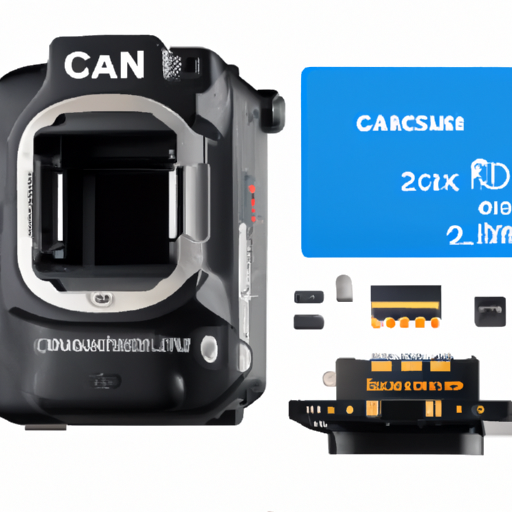A DC- DC converter is an electronic device used to convert direct current voltage from one level to another. It is widely used in many electronic devices, such as mobile phone chargers, computer power supplies, automotive electronic systems, etc. The circuit diagram of a DC-DC converter includes a variety of product types, each with different characteristics and application scenarios.

Secondly, the boost converter is another common type of DC-DC converter. The boost converter increases the input voltage to above the output voltage and is usually used to convert low voltage to high voltage, such as the circuit in the LED driver. The circuit diagram of the boost converter includes a switch tube, inductor, diode and filter capacitor, etc., and the output voltage is controlled by periodically switching the switch tube.
In addition, the flyback converter is a type of DC-DC converter commonly used for isolated power supplies. The flyback converter uses a transformer to achieve electrical isolation between the input and output, and is often used in applications that require high voltage isolation, such as circuits in medical equipment. The flyback converter circuit diagram includes a switch tube, transformer, diode, filter capacitor and other components, and electrical isolation is achieved through the working principle of the transformer.
In addition, the full-bridge converter is a type of DC-DC converter used for high-power applications. The full-bridge converter uses four switching tubes to achieve higher power conversion efficiency and is usually used in applications that require high power output, such as circuits in electric vehicles. The circuit diagram of the full-bridge converter includes four switching tubes, transformers, diodes, filter capacitors and other components, and high power output is achieved through the coordinated work of the four switching tubes.
In general, the circuit diagram of DC-DC converters includes a variety of product types, each with different characteristics and application scenarios. By selecting the appropriate converter type, efficient conversion between different voltage levels can be achieved to meet the power needs of various electronic devices. With the continuous development of electronic technology, DC-DC converters will continue to play an important role in various application fields, providing stable and reliable power support for electronic devices.
A DC- DC converter is an electronic device used to convert direct current voltage from one level to another. It is widely used in many electronic devices, such as mobile phone chargers, computer power supplies, automotive electronic systems, etc. The circuit diagram of a DC-DC converter includes a variety of product types, each with different characteristics and application scenarios.

Secondly, the boost converter is another common type of DC-DC converter. The boost converter increases the input voltage to above the output voltage and is usually used to convert low voltage to high voltage, such as the circuit in the LED driver. The circuit diagram of the boost converter includes a switch tube, inductor, diode and filter capacitor, etc., and the output voltage is controlled by periodically switching the switch tube.
In addition, the flyback converter is a type of DC-DC converter commonly used for isolated power supplies. The flyback converter uses a transformer to achieve electrical isolation between the input and output, and is often used in applications that require high voltage isolation, such as circuits in medical equipment. The flyback converter circuit diagram includes a switch tube, transformer, diode, filter capacitor and other components, and electrical isolation is achieved through the working principle of the transformer.
In addition, the full-bridge converter is a type of DC-DC converter used for high-power applications. The full-bridge converter uses four switching tubes to achieve higher power conversion efficiency and is usually used in applications that require high power output, such as circuits in electric vehicles. The circuit diagram of the full-bridge converter includes four switching tubes, transformers, diodes, filter capacitors and other components, and high power output is achieved through the coordinated work of the four switching tubes.
In general, the circuit diagram of DC-DC converters includes a variety of product types, each with different characteristics and application scenarios. By selecting the appropriate converter type, efficient conversion between different voltage levels can be achieved to meet the power needs of various electronic devices. With the continuous development of electronic technology, DC-DC converters will continue to play an important role in various application fields, providing stable and reliable power support for electronic devices.